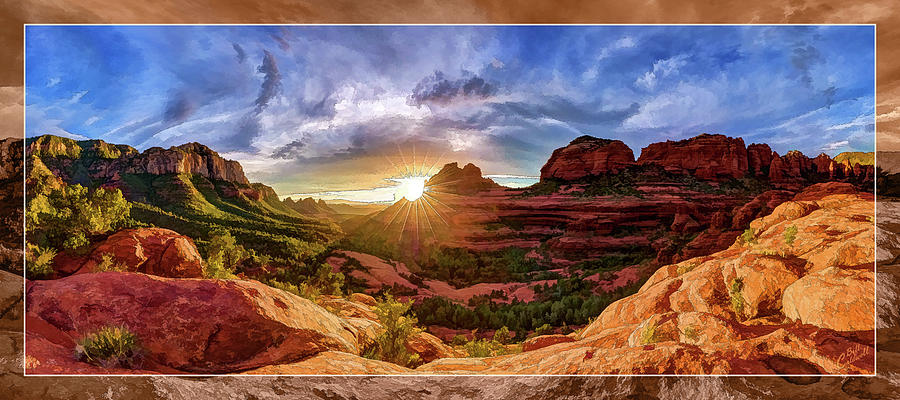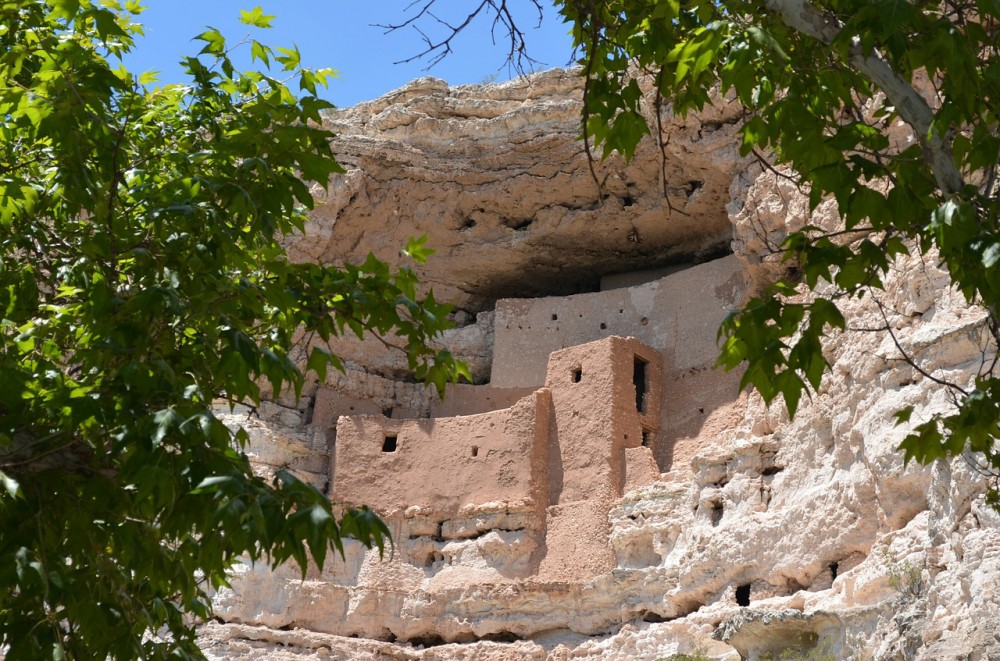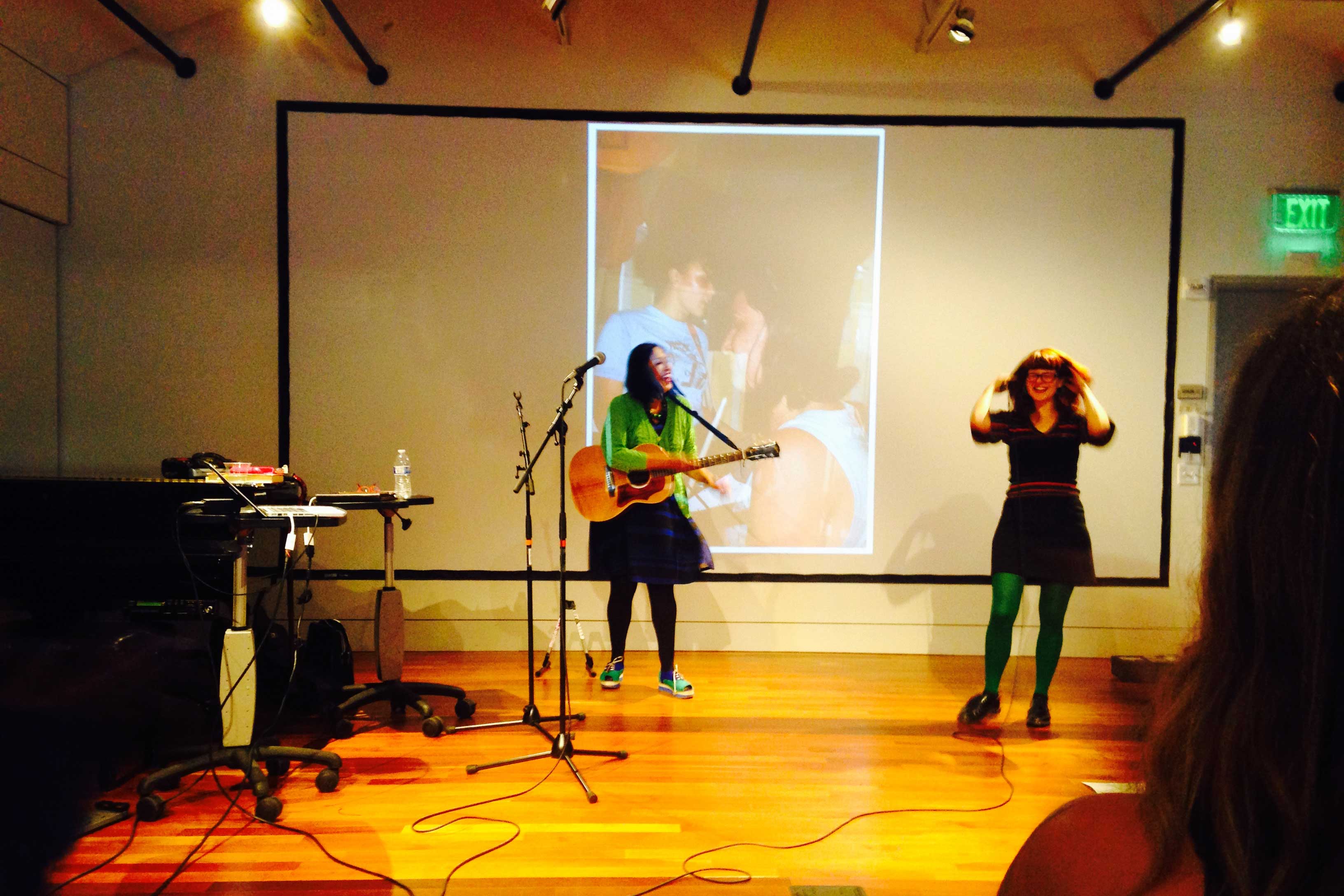Red Rock Spirits: Uncovering the Ancient Legacy of Sedona
Red Rock Spirits: Uncovering the Ancient Legacy of Sedona

Sedona, Arizona. A name that conjures images of vibrant red rock formations, swirling vortexes of energy, and a sense of spiritual connection. But long before the influx of tourists and New Age seekers, this land was home to a vibrant and ancient culture – the Yavapai, or Yavapi, people.
For centuries, the Yavapai thrived in the rugged beauty of central Arizona, their lives intertwined with the land, the animals, and the celestial cycles. Their presence in Sedona, specifically, is deeply woven into the very fabric of the landscape, leaving behind a legacy of petroglyphs, archaeological sites, and a profound understanding of the natural world.
Related Articles: Red Rock Spirits: Uncovering the Ancient Legacy of Sedona
- Unveil the Enchanting World of Yuma's Indian Tribes
- Unveiling the Enchantments of Oklahoma's Indian Reservations: A Journey to Discover and Delight
- Unveiling the Richest Indian Tribe in the US: Discoveries that Will Astonish
- Discover the Enchanting Tapestry of Native American Tribes in Montana
- Scottsdale’s Hidden Gems: Uncovering The Stories Of The Indian Tribes
A Legacy Etched in Stone:
Imagine a time before smartphones, before electricity, before even the concept of "time" as we know it. The Yavapai, masters of their environment, relied on the rhythms of nature, their lives dictated by the seasons, the movements of the stars, and the whispers of the wind.
They were skilled hunters and gatherers, their diet consisting of a diverse range of plants, fruits, and animals. Deer, rabbits, and squirrels were common prey, while acorns, prickly pear fruit, and mesquite beans provided sustenance. They were also adept at utilizing the natural resources of the land, weaving baskets from reeds and fibers, crafting tools from stone, and utilizing the abundant clay for pottery.
But the Yavapai weren’t just practical people. They were deeply spiritual, their lives guided by a profound reverence for the natural world. Their beliefs were woven into the landscape itself, with sacred sites like the Devil’s Bridge, the Bell Rock, and the Cathedral Rock holding deep spiritual significance.
These sites, often adorned with intricate petroglyphs, served as a connection to their ancestors, a reminder of their history, and a testament to their deep understanding of the cosmos.
The Yavapai and the Arrival of the Europeans:
The arrival of Europeans in the 17th century marked a turning point in the lives of the Yavapai. What had been a harmonious existence with the land, now became a struggle for survival. Disease, displacement, and conflict with settlers and the U.S. military threatened their way of life.
The Yavapai, fiercely independent and resilient, fought back, engaging in skirmishes and raids against the encroaching settlers. However, their resistance was met with overwhelming force, leading to their confinement on reservations.

A Legacy Resurgent:
Despite the hardships they faced, the Yavapai spirit remained unbroken. They continued to practice their traditions, sharing their stories and knowledge with future generations. Today, the Yavapai are a thriving community, working to preserve their culture, language, and history.
The Yavapai Nation, headquartered in Prescott, Arizona, is a testament to their resilience and their commitment to their heritage. They are actively involved in cultural preservation efforts, working to educate the public about their history, language, and traditions.
More Than Just Red Rocks:
The red rock formations of Sedona are breathtaking, but they are also a poignant reminder of the rich history and cultural legacy of the Yavapai people. Their presence in this area is not a footnote in history, but a vibrant and ongoing story.

Visiting Sedona is not just about admiring the stunning scenery; it’s about recognizing the deep cultural significance of the land, honoring the Yavapai people who have called this place home for centuries, and appreciating the ongoing legacy of their traditions and beliefs.
Exploring the Yavapai Legacy in Sedona:
For those seeking to delve deeper into the Yavapai legacy, there are several opportunities to learn more about their history and culture:
- The Yavapai-Apache Nation Museum: Located in Camp Verde, Arizona, this museum offers a comprehensive look at the history and culture of the Yavapai people.
- The Sedona Heritage Museum: This museum features exhibits on the history of Sedona, including information about the Yavapai people.
- Guided tours: Several tour operators offer guided tours of Sedona that focus on the Yavapai history and culture.
- Petroglyph sites: Several petroglyph sites are accessible to the public, offering a glimpse into the ancient art and beliefs of the Yavapai people.

A Deeper Connection:
The next time you find yourself standing amidst the red rocks of Sedona, take a moment to reflect on the legacy of the Yavapai people. Their stories, their traditions, and their deep connection to the land are a testament to the enduring power of human spirit.
By acknowledging their presence, learning about their history, and appreciating their cultural legacy, we can foster a deeper understanding of the land we share and the people who have called it home for generations.
FAQ:
Q: What Indian tribe inhabited the Sedona area of Arizona?
A: The Yavapai, or Yavapi, people are the indigenous tribe that inhabited the Sedona area of Arizona for centuries.
Q: What is the history of the Yavapai people in Sedona?
A: The Yavapai people were skilled hunters and gatherers, their lives intertwined with the land, the animals, and the celestial cycles. They left behind a legacy of petroglyphs, archaeological sites, and a profound understanding of the natural world. However, their lives were disrupted by the arrival of Europeans, leading to conflict and displacement.
Q: What are some ways to learn more about the Yavapai people?
A: You can learn more about the Yavapai people by visiting the Yavapai-Apache Nation Museum, the Sedona Heritage Museum, taking guided tours, and exploring petroglyph sites.
Q: How can I support the Yavapai people and their cultural preservation efforts?
A: You can support the Yavapai people by visiting their museum, attending cultural events, and purchasing artwork from Yavapai artists. You can also learn about their history and share their stories with others.
Q: What is the significance of the red rock formations in Sedona to the Yavapai people?
A: The red rock formations in Sedona hold deep spiritual significance for the Yavapai people. They are seen as sacred sites, connected to their ancestors, their beliefs, and their understanding of the cosmos.
Q: What is the Yavapai Nation doing to preserve their culture and language?
A: The Yavapai Nation is actively involved in cultural preservation efforts, working to educate the public about their history, language, and traditions. They are also working to revitalize their language and pass it on to future generations.
Q: What is the best way to experience the Yavapai legacy in Sedona?
A: To experience the Yavapai legacy in Sedona, take time to visit the petroglyph sites, learn about their history and culture, and reflect on the deep connection they had to the land. Remember, Sedona is more than just red rocks; it’s a place where the spirit of the Yavapai people continues to resonate.

Closure
Thus, we hope this article has provided valuable insights into Red Rock Spirits: Uncovering the Ancient Legacy of Sedona. We appreciate your attention to our article. See you in our next article!


